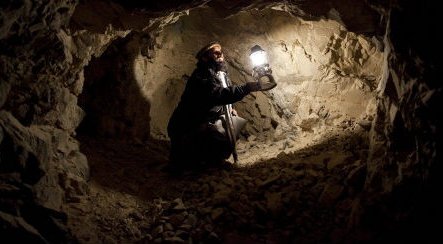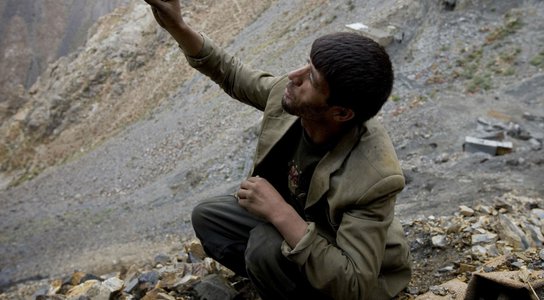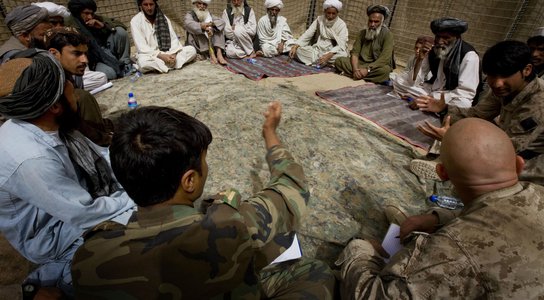Afghanistan’s defence and security sector has been ranked in one of the highest risk categories for corruption according to Transparency International’s Defence and Security Program (TI-DSP) in its 2015 Government Defence Anti-Corruption Index. That should be a serious source of concern to the Afghan government – and to the US.
While the report
praises commitments by Afghan President Ghani for merit-based appointments and
promotions and introducing
anti-corruption training, it also highlights how corruption within the Afghan
National Defence and Security Forces (ANDSF) undermines overall security,
enabling groups like the Taliban and Da’esh (also known as the Islamic State, ISIS, and ISIL) to continue to operate there.
Afghanistan was rated in Band E, one of the highest risk categories on a scale of A (very low risk of corruption) to F (critical risk of corruption) within its defence and security sector. Most defence spending lacks any transparency because it is provided by the international community off-budget, while the Ministry of Defence fails to provide Parliament with detailed accounts of its defence budget expenditure. This makes proper oversight by Parliament or civil society a tremendous challenge.
The ANDSF also lacks whistleblower protections, asset registration and verification, and internal audit or investigative powers by the Ministry of Defense (MoD) or Afghanistan’s Attorney General Office (AGO). Strengthening accountability and oversight mechanisms, especially civilian control over the armed forces, are therefore crucial for reducing military corruption and predation by ANDSF forces on the Afghan population.
All this has profound strategic implications. Since the NATO mission in Afghanistan began in 2001, the United States in particular has focused its efforts on security, assuming that the country could be made reasonably secure first, and that governance issues, particularly corruption, could be tackled later. But the high levels of corruption in the country puts the NATO mission in a Catch-22. Corruption hollows out the ANDSF so that criminal networks have been able to penetrate security forces, troops do not trust their leaders, soldiers lack critical equipment, and private militias run roughshod over populations. This drives some in the Afghan population to join groups like the Taliban and Da’esh, thus fostering the very insecurity NATO seeks to tackle.
Afghanistan’s partners provide nearly all funding and equipment to the ANDSF, and the TI report encourages them to incentivize reforms, provide political support and funding to oversight bodies, and encourage the development of accountability systems within the ANDSF. Given that a corrupt Afghan military effectively undermines efforts to create stability, carrying out those recommendations should be considered an urgent priority. Unless governance is finally given equal importance with security, NATO will find that ultimate mission success remains elusive.


